
Millions of people endure bonded and forced labor conditions in India even though they possess constitutional protections and diverse laws that are decades old. The nation marks Labour Day through accounts that showcase its ongoing difficulties to defend labor rights and dignity for vulnerable workers. The new labour reforms from 2019-20 have diluted employee union rights alongside their ability to negotiate collectively. The International Labour Organisation (ILO) Report 2024 flags informal employment and job quality as critical issues in India.
Context:
-
Bonded labor exists in India at present, even though official legislation abolished it in 1975.
-
Through debt-traps and insufficient legal enforcement, brutal exploitation continued to affect Mukesh Adivasi and K. Thenmozhi.
-
Poverty exists together with caste discrimination, along with illiteracy and inadequate labor union presence, to create systemic bonded labor conditions.
-
Between 2016 to 2021, government agencies managed to rescue only 12,760 bonded laborers despite their 2030 rehabilitation plan for 1.84 crore laborers.
-
About 39 crore workers among the 47 crore unorganized sector workforce in India experience conditions nearly equivalent to bonded labor.
Key Points
Legal and Policy Background:
-
Through the Bonded Labour System (Abolition) Act, 1976, the government abolished bonded labor while it annulled debts that created these labor practices.
-
Constitutional Provisions:
-
Article 23: Prohibition against forced labour and trafficking.
-
Article 21: Right to life and dignity.
-
-
As a result, weak enforcement occurs since ground-level monitoring is poor and society presents obstacles to compliance.
Governmental Targets and Implementation Failure:
-
The government aims to free and help rehabilitate 1.84 crore bonded laborers during the period from 2030 to the present.
-
Performance (2016–2021): Only 12,760 individuals rescued.
-
The yearly required rescue numbers starting from 2021 will exceed 11 lakh.
-
-
Reality Check: Currently far behind, reflecting a significant policy-implementation gap.
Root Causes of Bonded Labour:
-
The most immediate factors leading to bonded labor status include medical necessities, unemployment, dowry payments and religious duties.
-
Systemic Triggers:
-
Caste and ethnic discrimination.
-
Lack of education and awareness.
-
Monopoly of employers over wages and resources in rural/remote areas.
-
Debt as a tool of control.
-
India's Informal Sector:
-
Employment Stats (NSSO):
-
Total employed: 47 crore.
-
Organised sector: Only 8 crore.
-
-
The unorganised sector consists of 39 crore workers who receive neither employment agreements nor benefits nor protection of their rights.
-
ILO 2024 Report: Warns of poor job quality and dominance of informal employment.
Labour Codes 2019–20:
-
The codes were developed to unite and simplify labor legislation.
-
Criticism:
-
The new codes reduce both union authority and worker rights to organize.
-
Makes strikes harder to organise.
-
Doing business convenience receives more importance than worker rights protection.
-
Socio-Economic Context:
-
Migration that stems from poverty and unemployment together with climate change effects feeds the population of bonded workers.
-
Lack of unionisation leads to:
-
No grievance redressal.
-
No collective negotiation.
-
Easy exploitation by employers.
-
Implications for Governance and Policy-Making:
-
India demonstrates a weak performance in enforcing labor rights throughout the country.
-
Highlights the failure of social justice mechanisms in practice.
-
The situation creates doubt regarding both ethical development models and human rights law violations.
-
The situation demands widespread awareness programs while supporting trade union membership and policy decisions based on quantitative data.
Conclusion
The sustained existence of bonded and forced labour within India reveals substantial breakdowns in its dedication toward both basic labor rights and social justice practices. Symbolic in nature is legislative action, which requires strong implementation for its effectiveness.



 Autism Care in India: A Call for Evidence-Based, Inclusive, and Early Intervention
Autism Care in India: A Call for Evidence-Based, Inclusive, and Early Intervention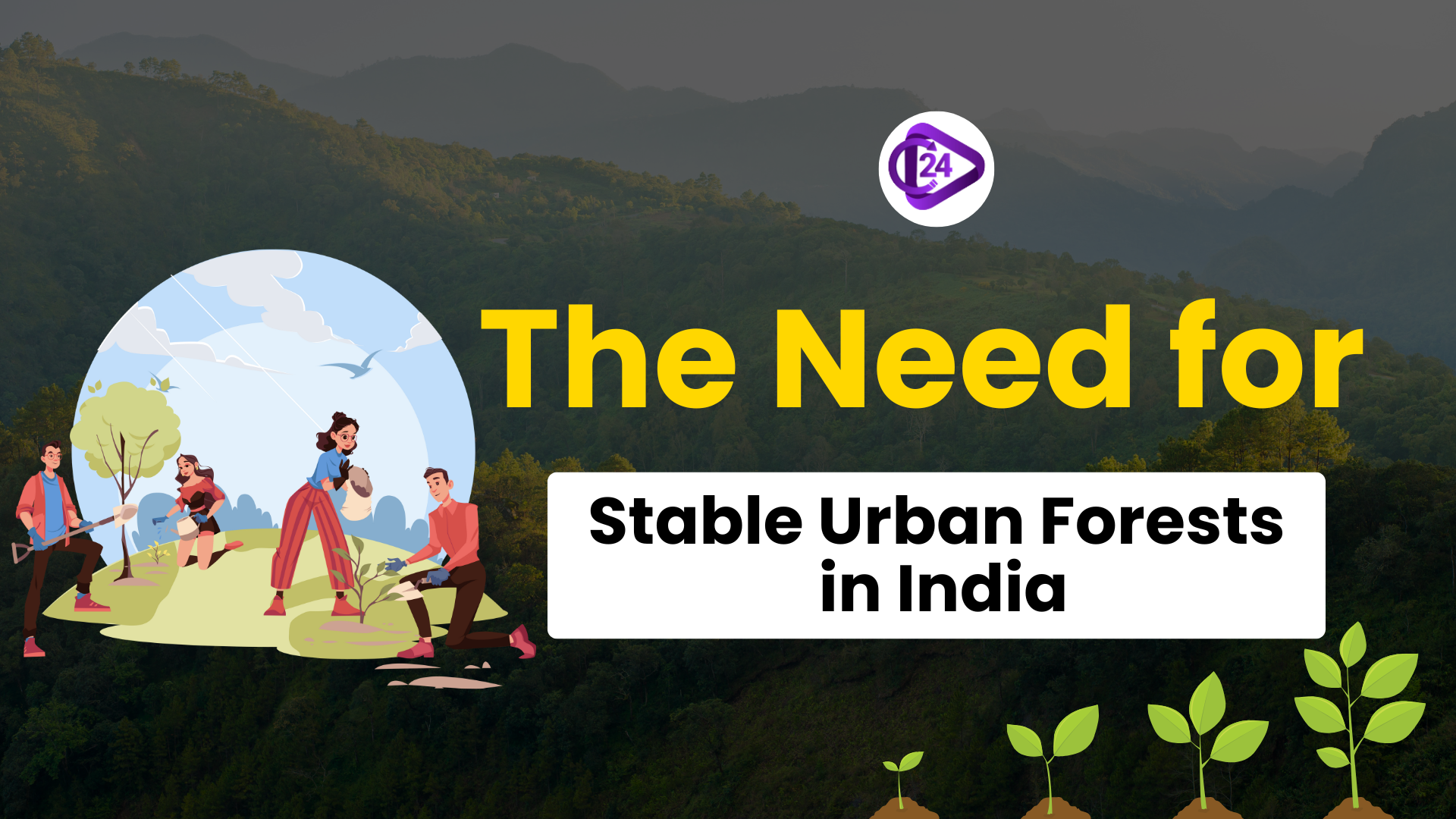 Why Urban Forests Are Crucial for India's Sustainable Future
Why Urban Forests Are Crucial for India's Sustainable Future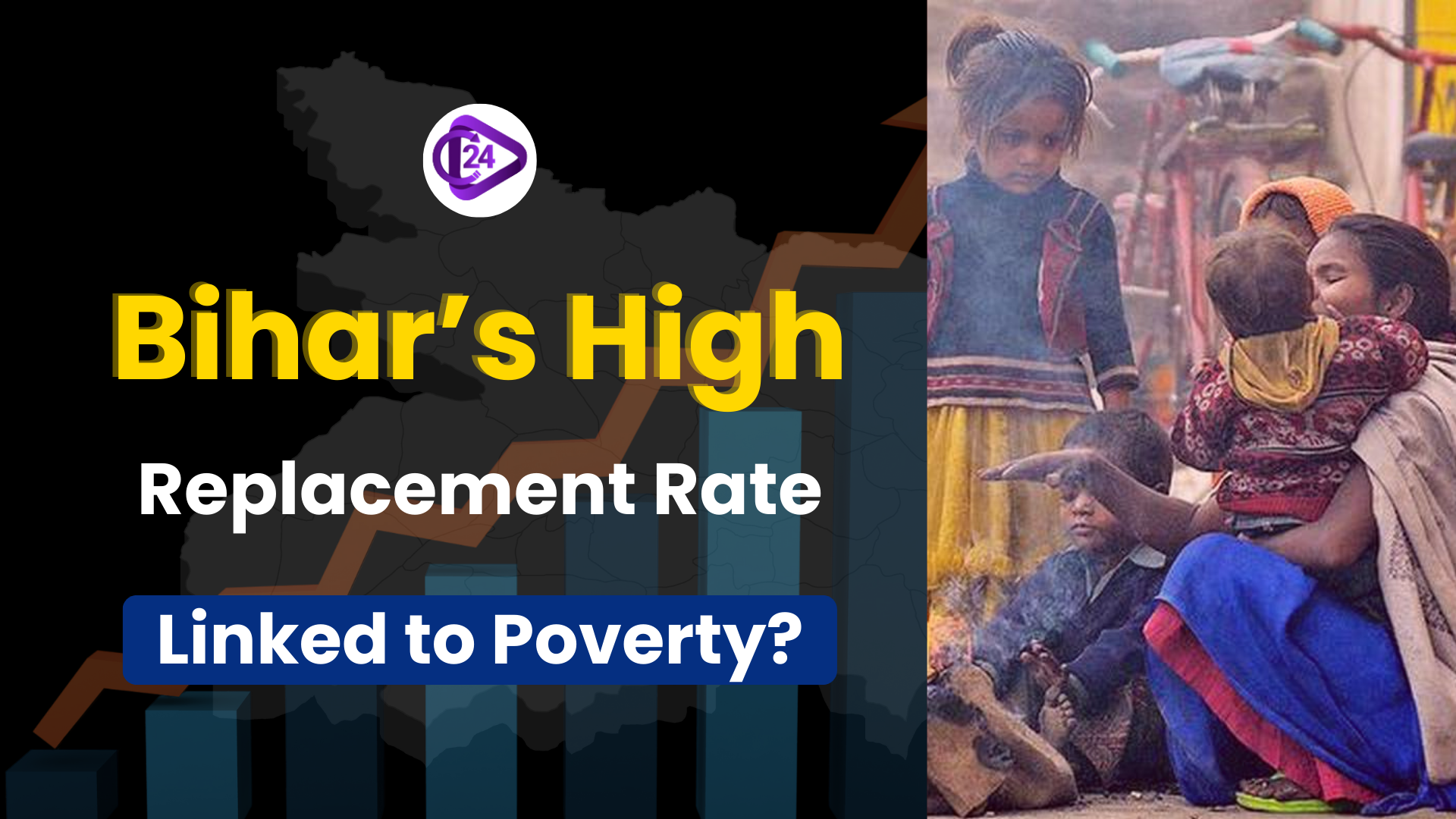 Is Bihar’s High Replacement Rate a Consequence of Poverty?
Is Bihar’s High Replacement Rate a Consequence of Poverty?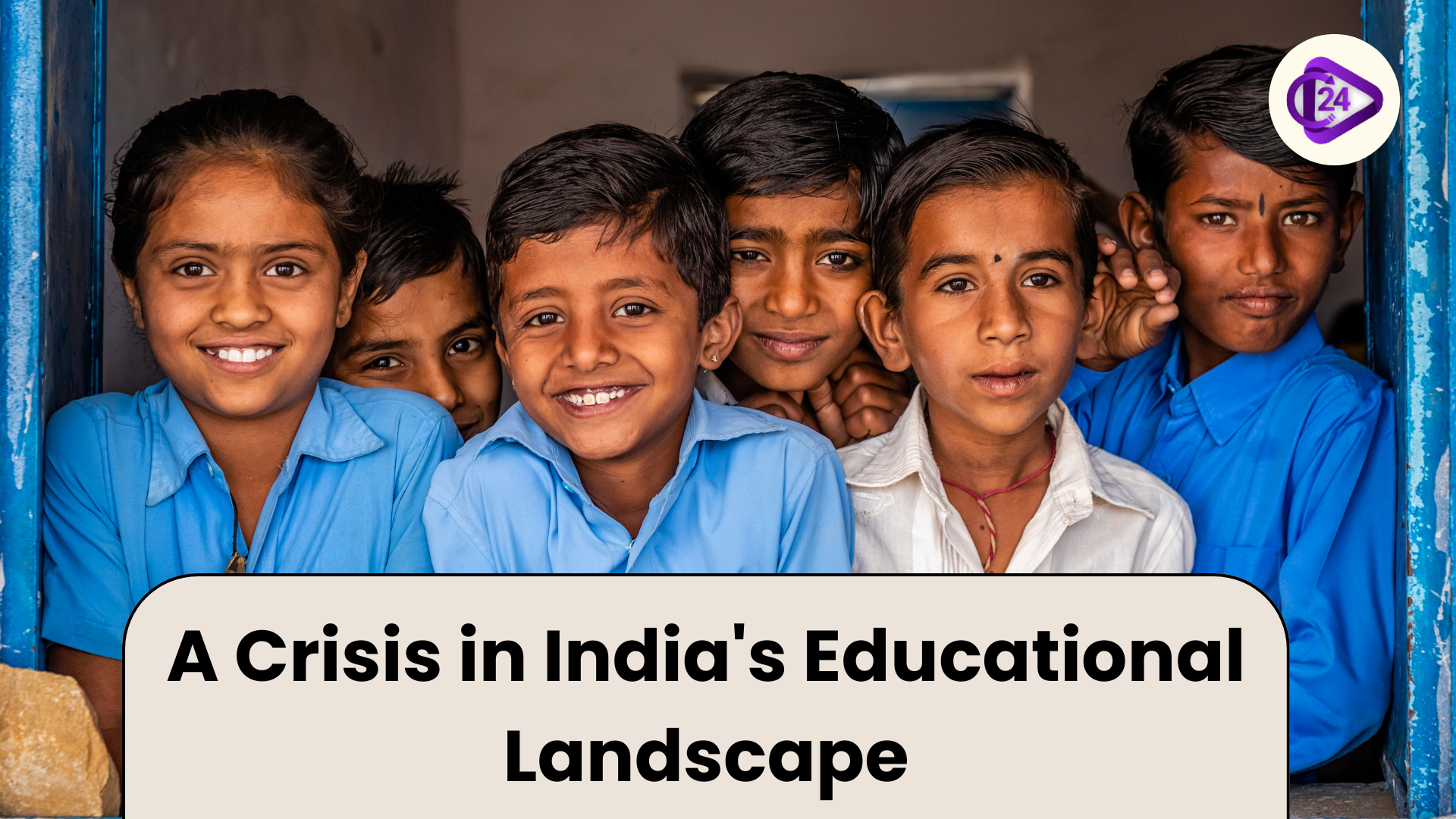 The Erosion of Academic Freedom: A Crisis in India's Educational Landscape
The Erosion of Academic Freedom: A Crisis in India's Educational Landscape Kautilya’s Philosophy of war and its relevance to the ongoing India-Pakistan Situation
Kautilya’s Philosophy of war and its relevance to the ongoing India-Pakistan Situation Food vs Fuel: Surge in Ethanol Blending and Its Impacts on Sugar Availability and Prices
Food vs Fuel: Surge in Ethanol Blending and Its Impacts on Sugar Availability and Prices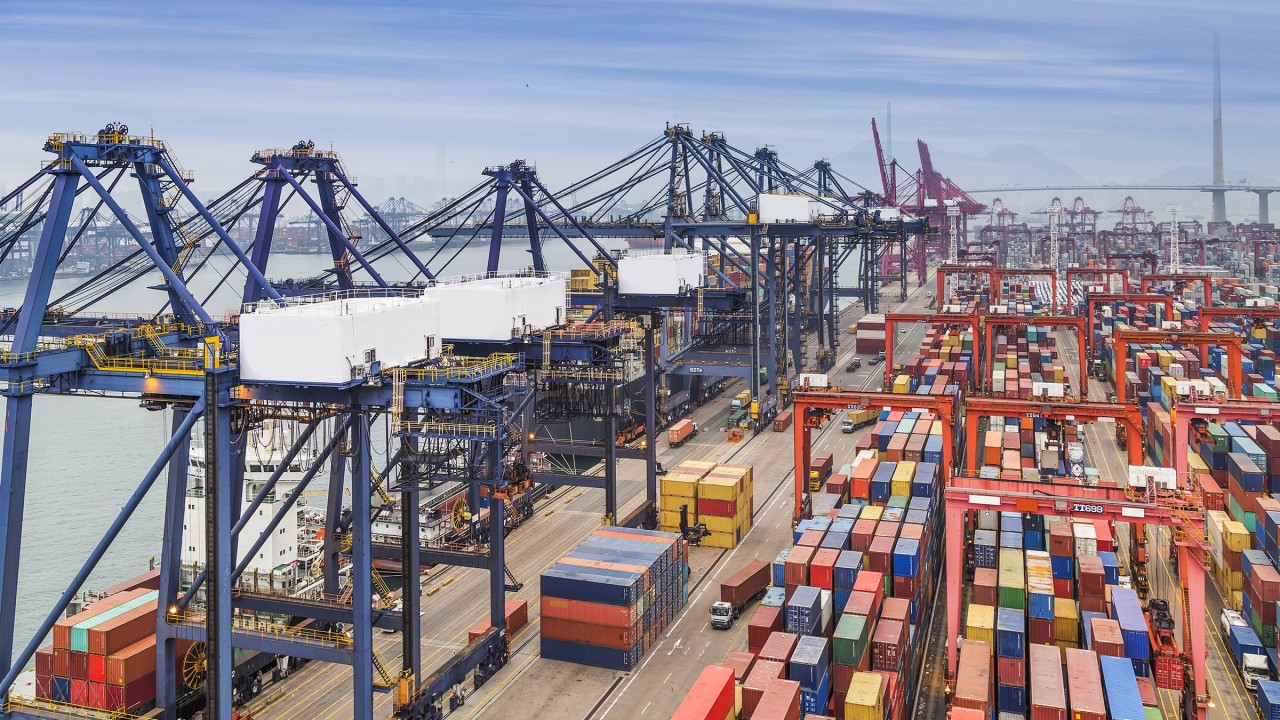 Infrastructure and Identity: Building the Future through Ports
Infrastructure and Identity: Building the Future through Ports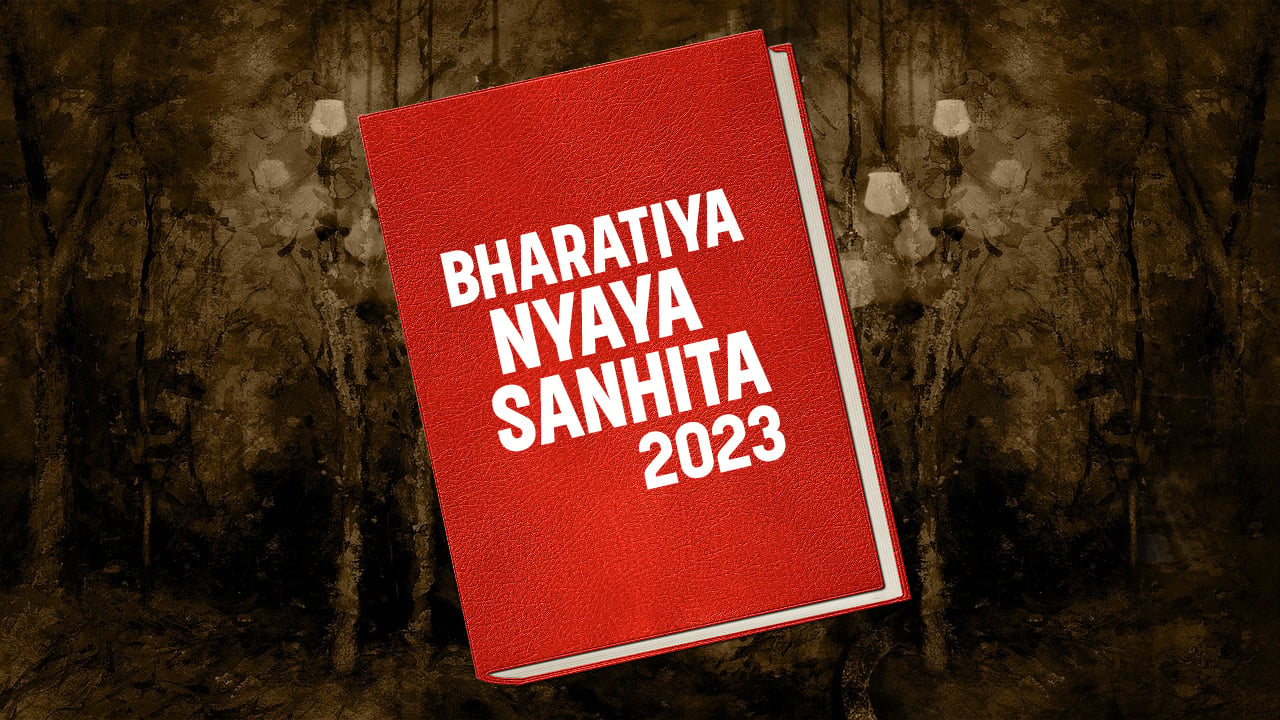 A Legal Analysis of Section 69 of the Bharatiya Nyaya Sanhita 2023
A Legal Analysis of Section 69 of the Bharatiya Nyaya Sanhita 2023 Colossal Food Wastage: A Global Crisis That Demands Immediate Action
Colossal Food Wastage: A Global Crisis That Demands Immediate Action






